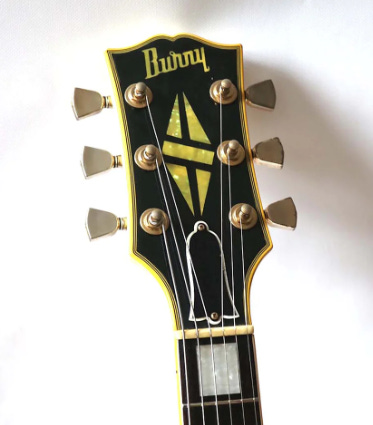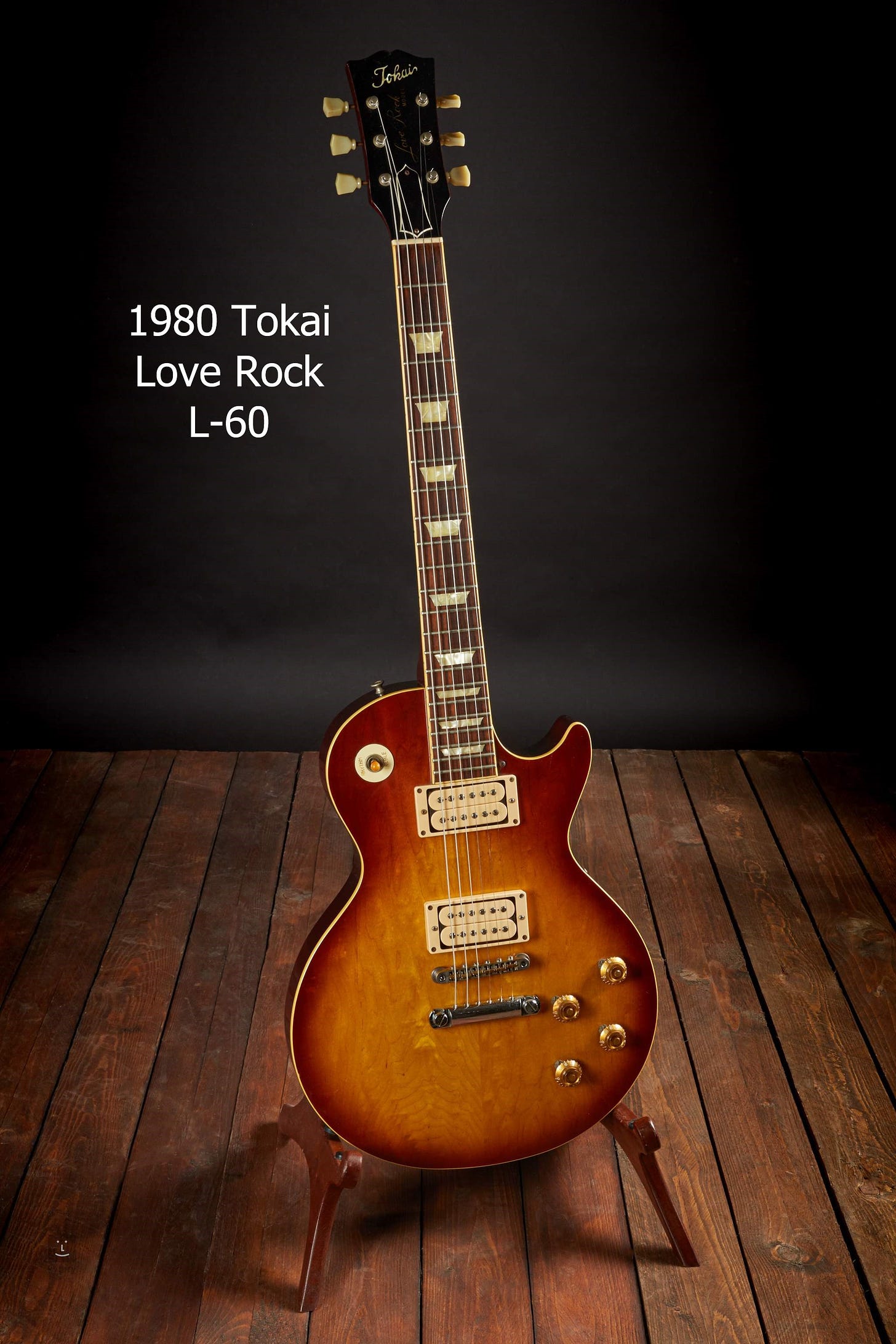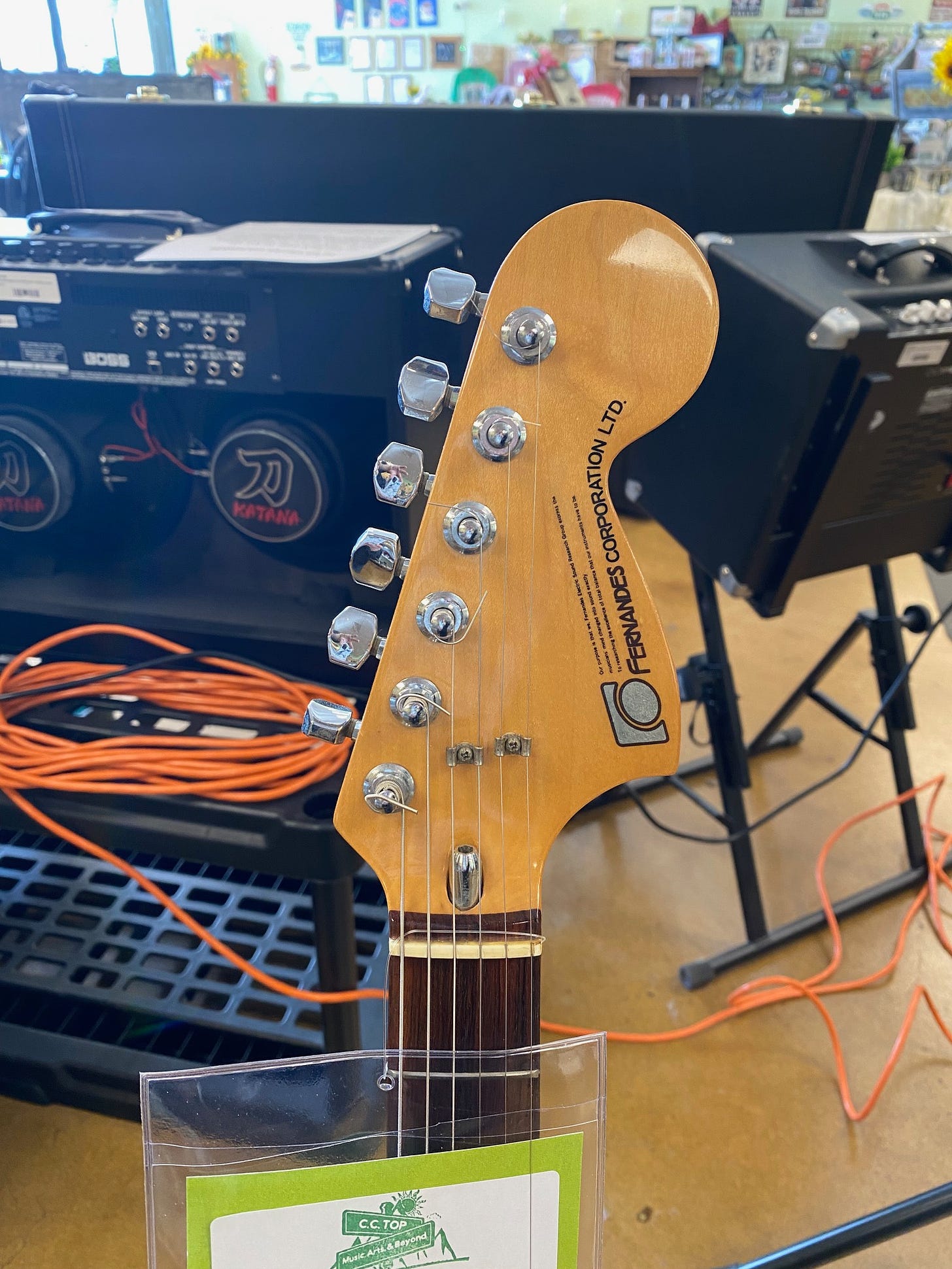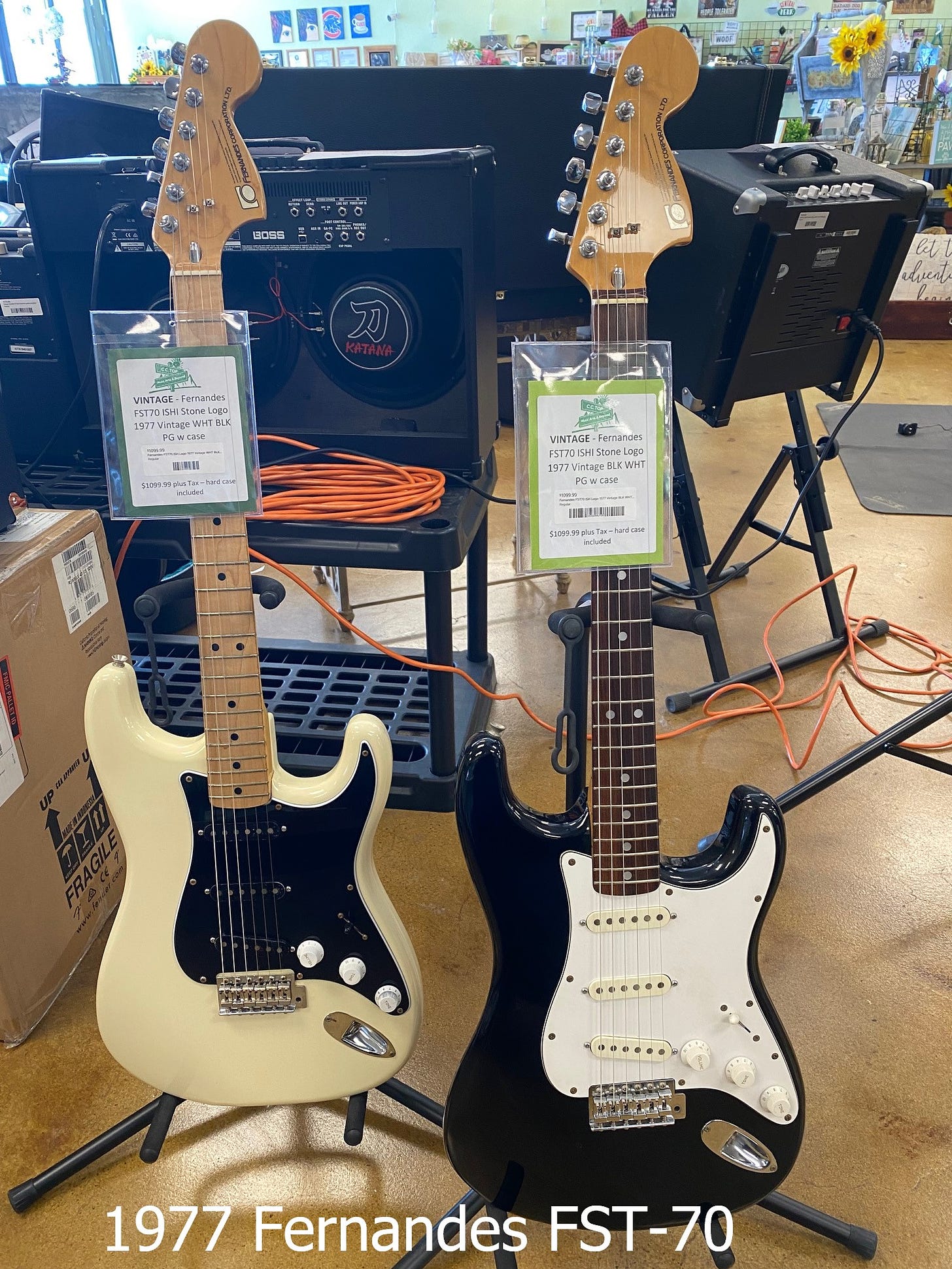Lick Of The Week with Will Ray, founding member of The Hellecasters
“They’re easy, they’re quick to put on and quick to take off… you know, kind of like your clothes sometimes.” -Will
Perhaps a Hipshot B-Bender isn’t for everyone, but you may consider one after seeing Will’s lick this week.
It’s really more of a demo than a lick, but cool either way, and his instruction gives you enough to get started…
Gently rock the guitar.
Originally a flamenco guitar distributor, Japan’s Fernandes Corporation began life in 1969 as Saito Musical Instruments. Delivering the company’s first electric guitar catalog in 1973 they followed the playbook of many Japanese manufacturers of the era.
Going for the jugular of Fender and Gibson.
The Fernandes name supported their Fender knockoffs and the model naming convention didn’t hold back: FST for the Strat copy, FTE for the Tele, and FPB for the Precision Bass.
The Gibson models were badged “Burny” and model nomenclature followed the same path: FSG for the SG copy, FLC for the Les Paul copy. Taking it a step further, Fernandes copied headstocks and font styles.
Fernandes sourced manufacturing from several prominent Japanese factories over the years but in the late 1970s Tokai Gakki was the producer of choice. Tokai is one of Japan’s best and came on strong with their own copies in the late 70s, the Springy Sound, Breezy Sound, and Love Rock. They also produced C.F. Martin’s line of Sigma guitars.
Being a young company and trying to navigate the copy guitar landscape in the mid 70s there were subtle or not so subtle changes every few years with the build process, fit, and finish.
Most notably was Fernandes’ use of “silver heart” wood which is a very tough hardwood sourced from middle Africa. It was used as bowling alley flooring in Japan and early in the 70s there was a “bowling boom” followed by a “bowling crash”.
Defunct bowling alleys liquidated their assets including the floors. Likely to save a few bucks, Fernandes repurposed the flooring in a laminated product to use for their FST bodies. The result was a sustain monster.
By the end of 1977 Fernandes was really hitting stride and introduced a third logo change to the FST models. It has become known as the “ishi” or “stone” logo in English as it resembles the Japanese character for the word stone, implying strength.
True to the logo change this marked the beginning of the Fernandes renaissance and the “ishi” logo lasted until the next major overhaul, the Revival series in 1981.
The guitars pictured are both 1977 Fernandes FST-70’s, courtesy of Curt Dony, owner of the amazing C.C. Top Music, Arts, & Beyond in Carson City, NV.






2 comments
My pleasure and thanks JP, you are spot-on with Dweezil. -David
Terrific review and lick-of-the-week. I also recall Fernandes being known for their “Sustainer” models. I think it was Dweezil Zappa’s choice instrument of destruction, LOL.
Thank you for continuing to provide, some wonderful provenance to to mythical creatures.